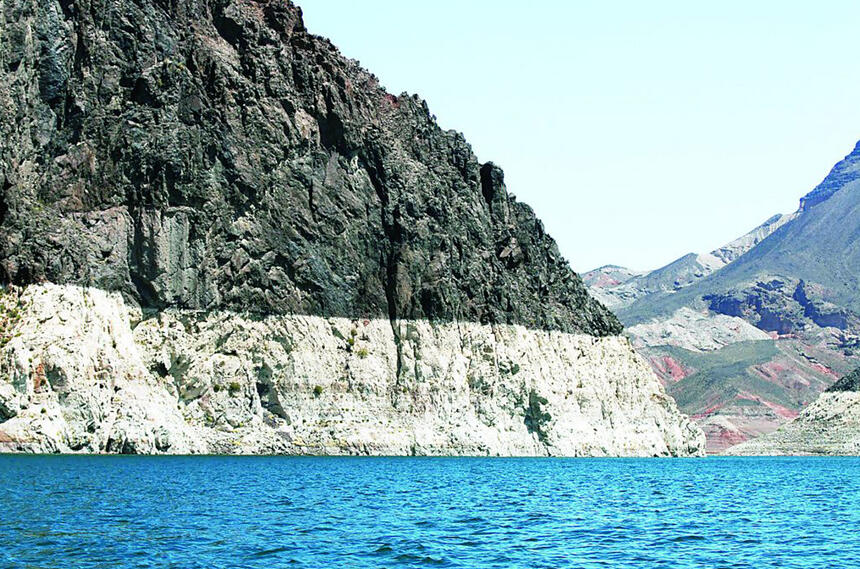
Watching the water line
Published on
Arizona Capitol Times reported that if Lake Mead’s levels dip too low, Arizona could lose about a seventh of its annual water allotment to the Central Arizona Project, which supplies much of the state’s water. Water experts said that could lead to farmers and homeowners paying higher water rates and prioritize Arizona behind neighboring states in CAP water availability.
The U.S. Bureau of Reclamation, responsible for divvying up Lake Mead’s water and electric power, reported a 57 percent chance that Lake Mead’s water levels would be so dismal in 2020 that Arizona and Nevada would face reductions.
Arizona water experts said mainly farms and rural areas, rather than cities, could be restricted. California, despite having the rights to largest allocation of Lake Mead’s water, would not undergo a reduction under a multistate agreement.
Sarah Porter, director of the Kyl Center for Water Policy at Morrison Institute, said consumers could see a rise in municipal water rates.
She said Pinal County, which includes the far Southeast Valley, would be most affected by cuts because of CAP priorities. But bigger cities are already considering policies that would reduce their water use and float their water allotments over to Pinal County.
That would mean how Arizona uses and sources its water would change, Porter said. Arizonans would find ways to more efficiently use water and the state might rely more on groundwater. Since the 1990s, she said, the state has stored 3.8 million acre-feet of water – enough to cover all of Phoenix 11 feet deep.
“All of the water banking goes to show that there is some give in the system,” Porter said.
READ: Drought’s cost: Less water in Lake Mead, higher rates for consumers